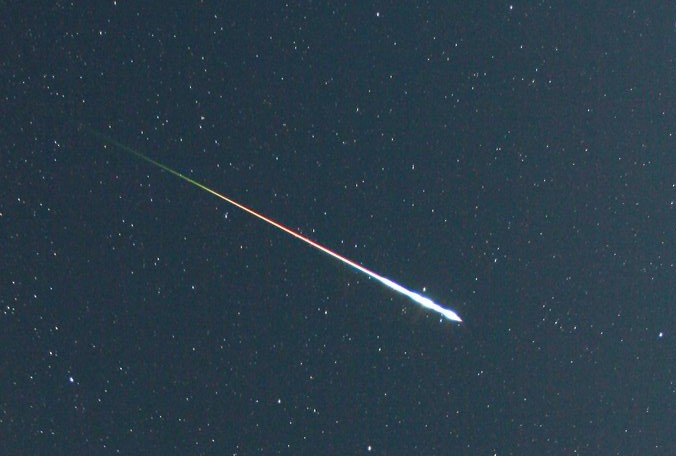-
Tips for becoming a good boxer - November 6, 2020
-
7 expert tips for making your hens night a memorable one - November 6, 2020
-
5 reasons to host your Christmas party on a cruise boat - November 6, 2020
-
What to do when you’re charged with a crime - November 6, 2020
-
Should you get one or multiple dogs? Here’s all you need to know - November 3, 2020
-
A Guide: How to Build Your Very Own Magic Mirror - February 14, 2019
-
Our Top Inspirational Baseball Stars - November 24, 2018
-
Five Tech Tools That Will Help You Turn Your Blog into a Business - November 24, 2018
-
How to Indulge on Vacation without Expanding Your Waist - November 9, 2018
-
5 Strategies for Businesses to Appeal to Today’s Increasingly Mobile-Crazed Customers - November 9, 2018
LOOK UP! – Perseid Meteor Shower Tonight
This week will be one of the best times to watch the Perseid meteor shower, chair of Foothill College’s astronomy department said.
Advertisement
The Perseid meteor shower is caused by debris shed from the comet Swift-Tuttle, according to EarthSky. The meteors are also known to leave faint trains, so a dark sky is certainly essential.
Starting at around 11 pm, you’ll be able to see as many as 50 of these meteors per hour. The Perseids will radiate from the constellation Perseus, near the famous Double Cluster.
Every year stargazers are treated to the Perseid Meteor shower.
Dress warmly, because in the middle of the night and early hours of the morning, it can be quite cold.
“If you are outside looking at the sky you should see at least several dozen if not more per hour“, said David Targen, Dir. of Brown University’s Ladd Observatory in Providence. During the peak, the Moon will be in its waning crescent, with only around four per cent of its surface illuminated, there will be no moonlight to interfere with the show.
The comet debris collides with the Earth’s atmosphere at hundreds of thousands of miles that combust and create the flash of lights you see during the meteor shower.
The best way to see the shower isn’t by telescope. NASA said to “Look towards the familiar constellations Cassiopeia and Perseus in the northeast”.
If all else fails, NASA TV and NASA’s UStream channel will host a live show with meteor science experts from Wednesday night into Thursday morning.
Advertisement
Although the shower is yet to reach its peak, space enthusiasts have already pointed their cameras at the sky and managed to photograph a handful of meteors. As the Earth passes through this debris field, rocks that broke off and from the comet, start to hit the Earth’s atmosphere and burn up.





























